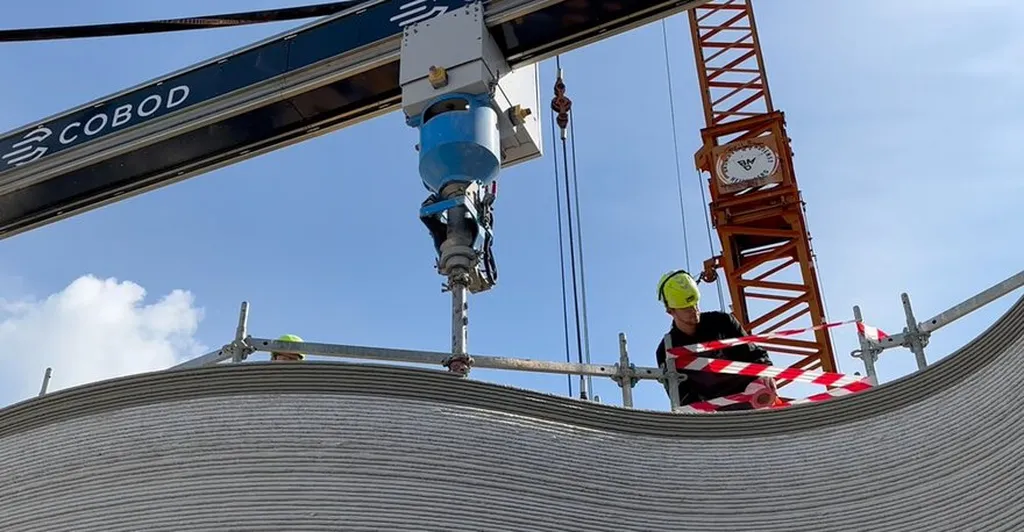In the heart of Germany, at the Architecture and Civil Engineering Faculty of the University of Applied Sciences Karlsruhe, Niklas Neubauer has been delving into a technological revolution that’s reshaping the construction industry: additive manufacturing, or 3D printing. His recent paper, published in ‘Academia Engineering’ (translated to English as ‘Engineering Academy’), explores how this innovation is bridging the gap between cutting-edge design and sustainable construction, with significant implications for the energy sector and beyond.
Additive manufacturing (AM) is not just a buzzword; it’s a transformative force in construction. Neubauer’s research highlights how AM technologies like fused deposition modeling, binder jetting, and shotcrete 3D printing are enabling the creation of complex architectural forms, reducing construction time, and minimizing material waste. “This isn’t just about printing buildings; it’s about reimagining the entire construction process,” Neubauer explains.
The global relevance of AM in construction is underscored by several case studies. In France, the YHNOVA project showcased the first social housing unit built using a 3D concrete printer, demonstrating the potential for AM in residential construction. Meanwhile, the Office of the Future in Dubai and the MX3D Bridge in Amsterdam have pushed the boundaries of architectural design and structural engineering. Closer to the energy sector, ICON’s 3D-printed homes in Mexico and COBOD’s infrastructure projects in India highlight the technology’s scalability and adaptability.
Neubauer’s research also delves into emerging innovations like multi-material printing and the use of sustainable alternatives such as geopolymer concrete. These advancements could significantly reduce the environmental impact of construction, a critical factor for the energy sector as it strives to meet sustainability goals.
However, the path to widespread adoption of AM in construction is not without challenges. Neubauer points out regulatory standards, technological scalability, and material limitations as key hurdles. “While the potential is immense, we need to address these challenges through continued research and cross-disciplinary collaboration,” he notes.
The implications for the energy sector are profound. As the world shifts towards renewable energy, the demand for innovative, sustainable, and cost-effective construction solutions is growing. AM could play a pivotal role in this transition, enabling the rapid construction of energy-efficient buildings and infrastructure.
Neubauer’s research, published in ‘Engineering Academy’, serves as a catalyst for thought and discussion. It challenges industry professionals to consider how AM can be integrated into their projects, not just as a novelty, but as a viable, sustainable solution. As Neubauer puts it, “The future of construction is not just about building; it’s about building better, faster, and more sustainably. AM is a key part of that future.”

